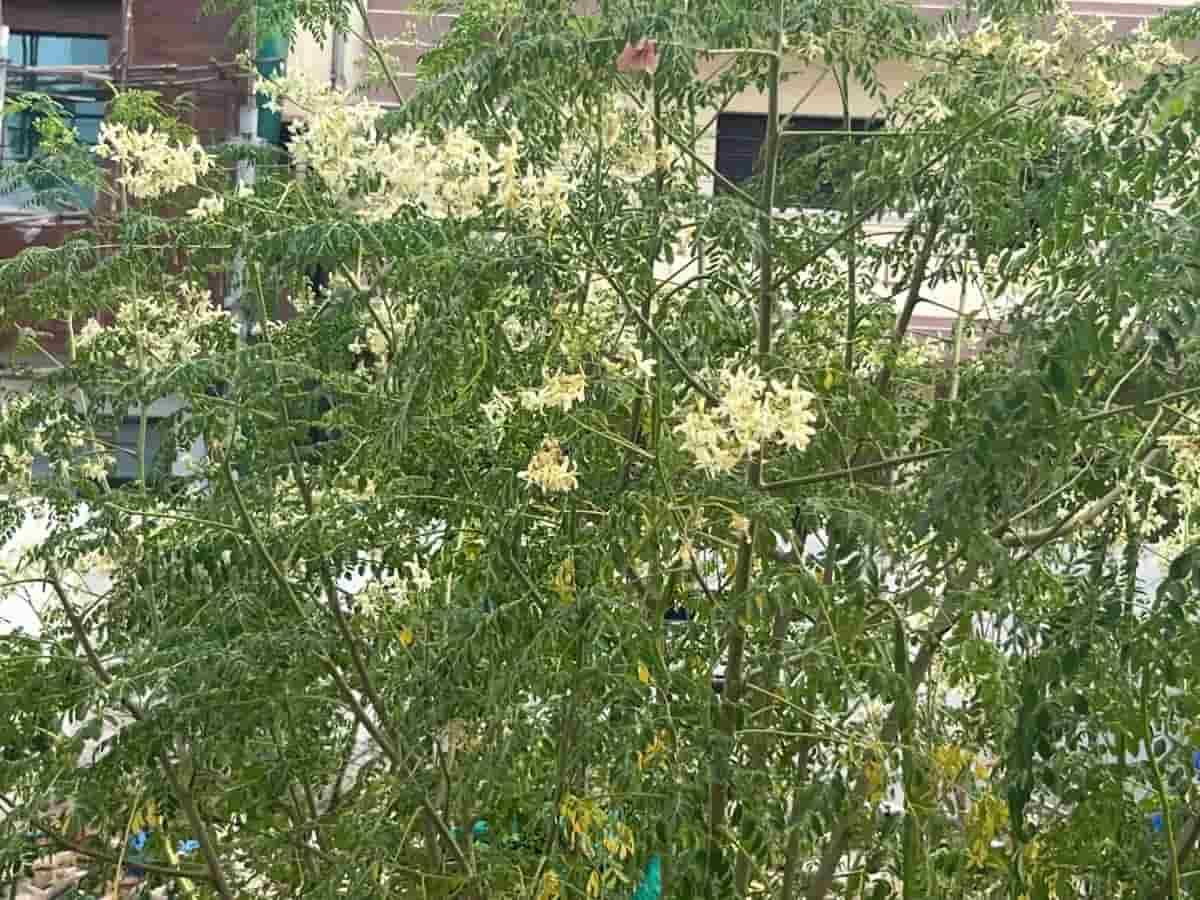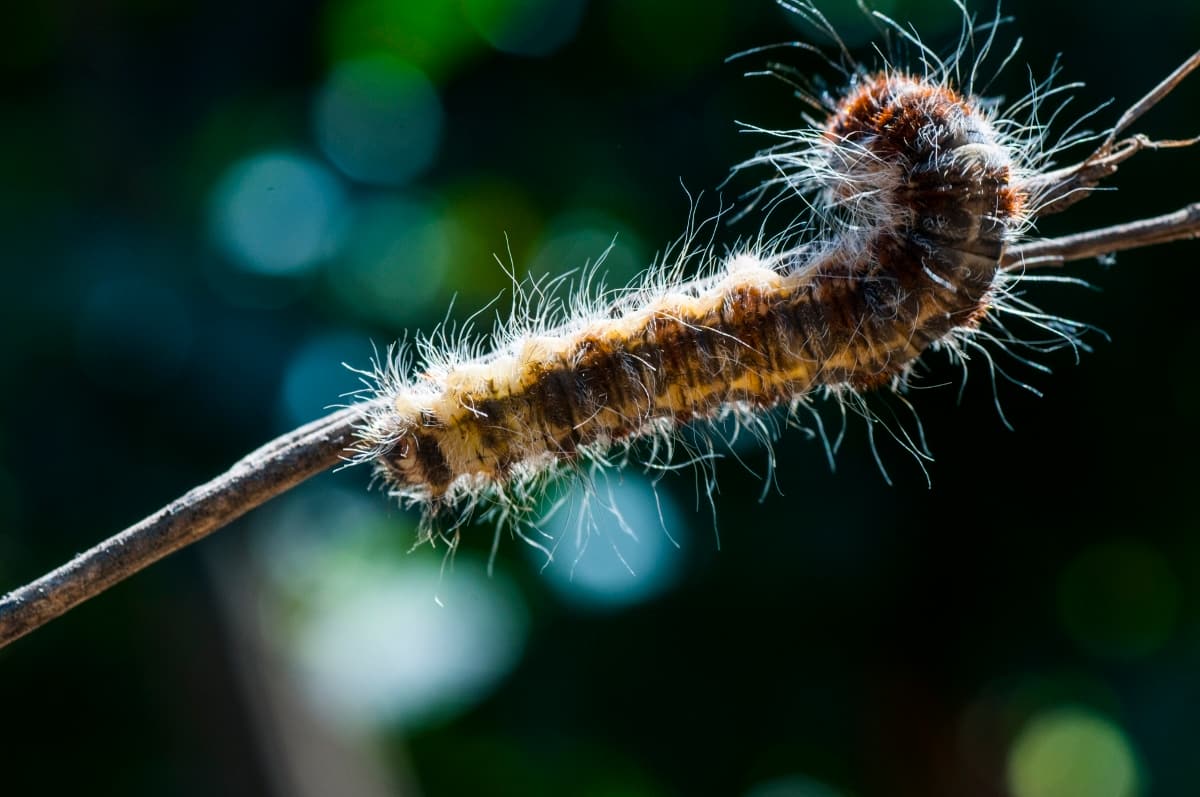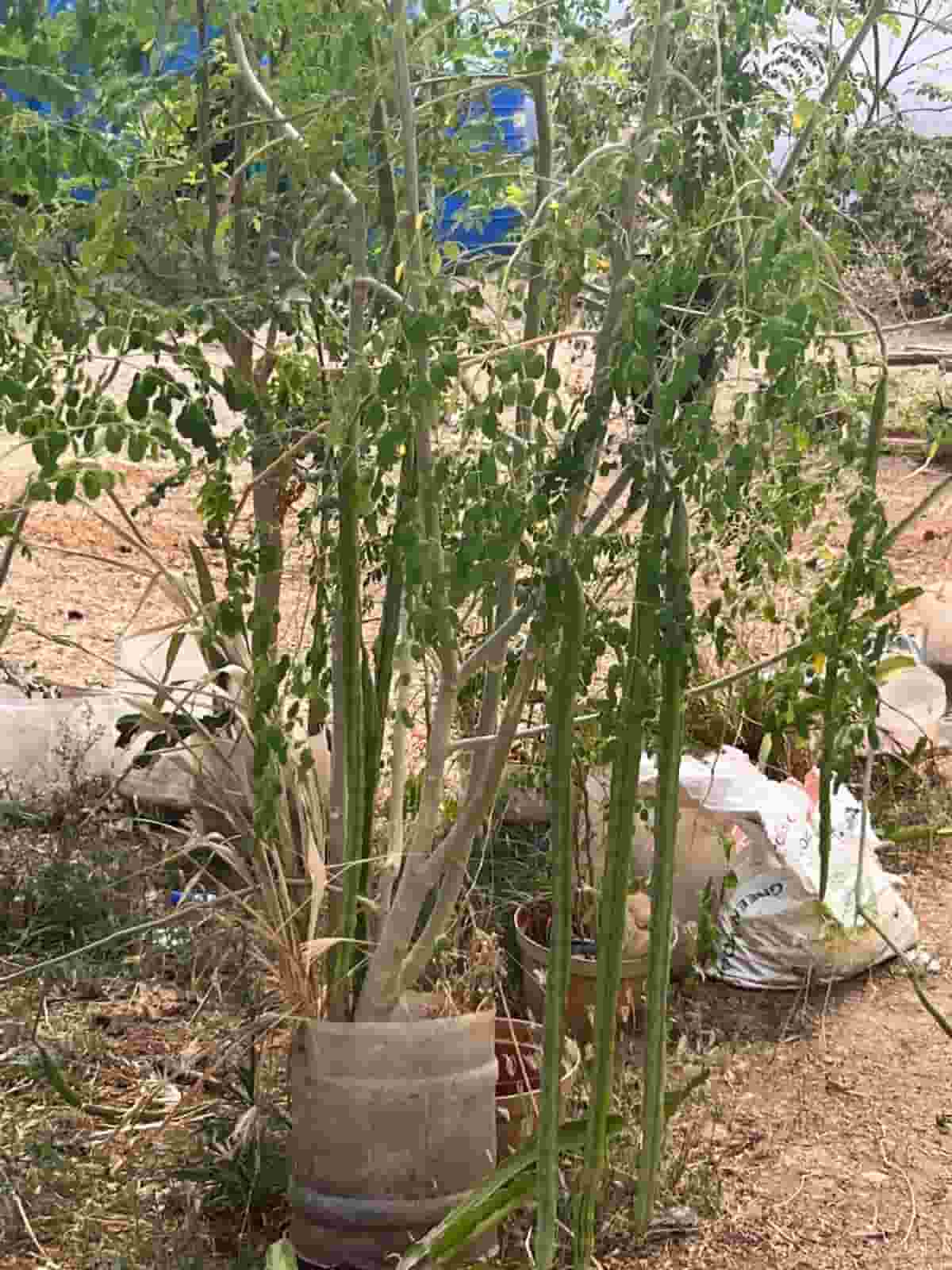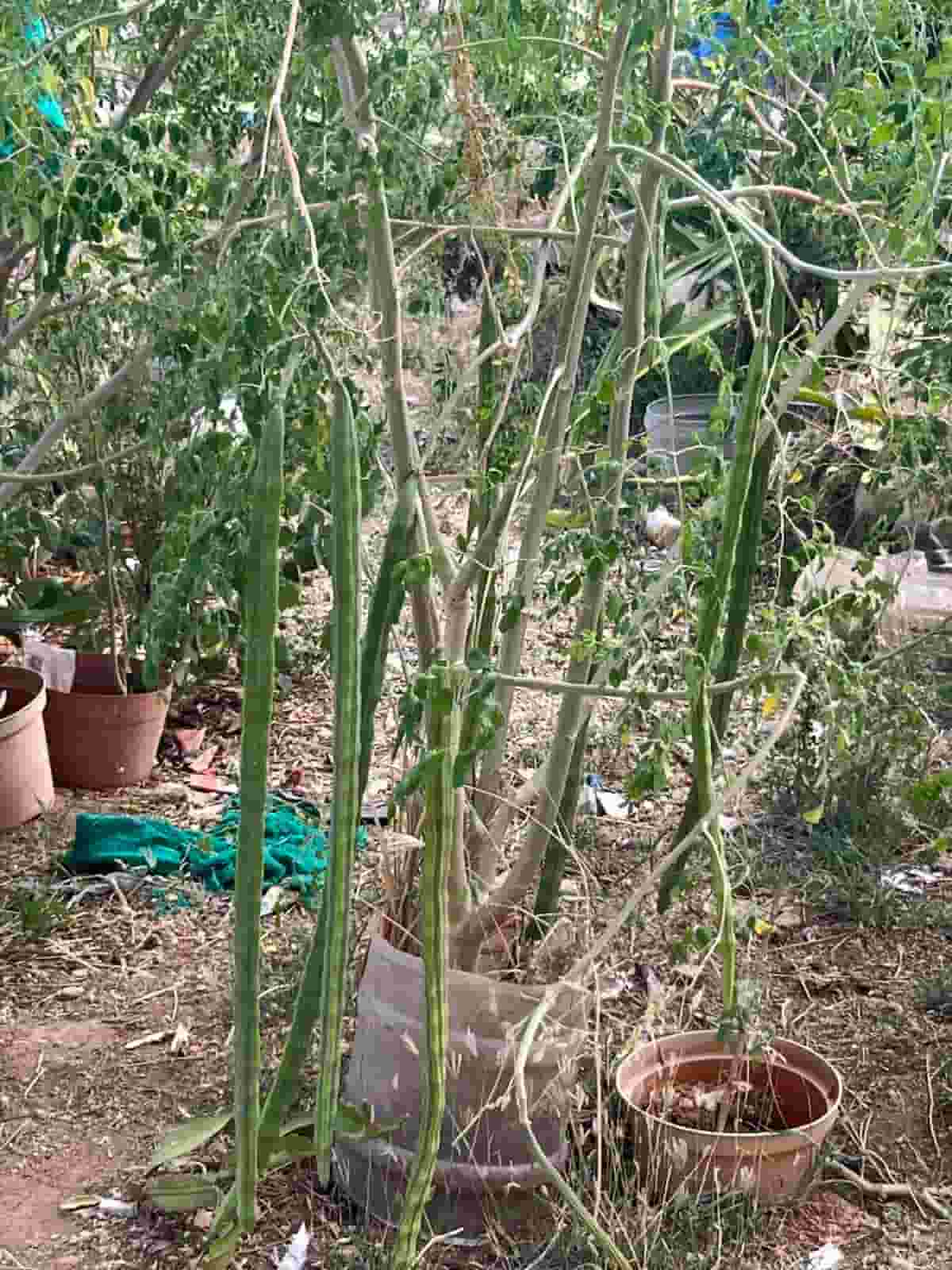Effective Moringa Pest Management is crucial for maintaining healthy and productive moringa plants. By implementing organic and integrated pest management techniques, growers can eliminate and control pests and diseases, ensuring sustainable moringa cultivation. In this blog, we’ll explore 100% effective treatment and control methods for managing pests and diseases in moringa plants.

Moringa Pest Management
Introduction to Moringa Cultivation
Moringa cultivation is an ancient practice that has gained renewed attention for its nutritional and medicinal properties. Its ability to thrive in diverse climates makes it a valuable crop for sustainable agriculture. Putting into Practice effective pest management strategies is crucial for ensuring optimal yield and quality.
Overview of Moringa and its Benefits
Moringa, often called the “miracle tree,” is prized for its nutrient-rich leaves, pods, and seeds. It is a pack of essential multivitamins, minerals, and antioxidants, making it an important addition to diets worldwide. Additionally, Moringa has medicinal properties, offering remedies for various ailments.
Importance of Pest Management in Moringa Cultivation
Pest management plays a critical role in Moringa cultivation to safeguard plant health and productivity. Effective control measures are necessary to mitigate the damage caused by pests and diseases while minimizing the reliance on chemical pesticides. Organic pest control methods are preferred to maintain environmental sustainability.
Common Pests in Moringa Plantations
Moringa plantations are susceptible to various pests that can adversely affect yield and quality. Common pests include leaf caterpillars, budworms, aphids, mealybugs, and scale insects. These pests feed on plant tissues, causing damage and transmitting diseases, leading to economic losses if not properly managed.
Leaf Caterpillars and Budworms: Identification and Lifecycle
Leaf caterpillars and budworms are among the most damaging pests in Moringa cultivation. They feed voraciously on leaves and tender shoots, leading to defoliation and reduced photosynthetic activity. Understanding their lifecycle is crucial for implementing timely control measures to prevent population outbreaks.
In case you missed it: Why Moringa Flowers Turning Red: Causes, Solutions, and Care Tips

Aphids, Mealybugs, and Scale Insects: Impact on Plant Health
Aphids, mealybugs, and scale insects are sap-sucking pests that weaken Moringa plants by draining vital nutrients. Their feeding activity can cause leaf distortion, yellowing, and stunted growth. Additionally, these pests excrete honeydew, promoting the growth of sooty mold fungi, further compromising plant health.
Disease Challenges in Moringa
In addition to pests, Moringa is susceptible to various fungal and bacterial diseases that can devastate plantations if left unchecked. Powdery mildew and leaf spot are fungal infections, while bacterial leaf spot poses a significant threat. Timely detection and management are essential to minimize disease impact.
Fungal Diseases: Powdery Mildew and Leaf Spot
Leaf spot and powdery mildew are fungal infections that affect Moringa foliage, reducing photosynthetic efficiency and overall plant vigor. Powdery mildew appears as white powdery growth on leaves, while leaf spot causes dark lesions. Organic fungicides and cultural practices are effective in managing these diseases.
Bacterial Diseases: Symptoms and Prevention Strategies
Bacterial diseases like bacterial leaf spot can cause severe damage to Moringa plants, leading to defoliation and yield losses. Symptoms include water-soaked lesions on leaves and stems. Implementing preventive measures such as crop rotation, sanitation, and the use of disease-resistant cultivars can help mitigate bacterial diseases.
Integrated Pest Management (IPM) in Moringa Cultivation
(IPM) is a holistic approach that integrates multiple control strategies to manage pests effectively while minimizing environmental impact. IPM emphasizes preventive measures, cultural practices, biological control agents, and judicious use of pesticides to maintain pest populations below economically damaging levels.
Principles of IPM for Sustainable Pest Control
The principles of IPM focus on proactive management strategies that prioritize prevention and minimize reliance on chemical pesticides. These include monitoring pest populations, enhancing natural enemies, implementing cultural practices, and using selective pesticides as a last resort. IPM promotes sustainable pest control while preserving ecosystem health.
Implementing Cultural, Biological, and Chemical Control Measures
Cultural practices such as intercropping, crop rotation, and proper sanitation help create unfavorable conditions for pests and diseases. Biological control involves the introduction, augmentation, and release of natural enemies like predatory insects and microbial agents to suppress pest populations. When necessary, targeted application of organic pesticides provides additional control measures.
Cultural Practices for Pest Prevention
Implementing cultural practices is essential for preventing pest infestations in Moringa plantations. Culture Practices such as intercropping, crop rotation, and maintaining plant health help create unfavorable conditions for pests, reducing the need for chemical interventions.
Crop Rotation and Intercropping Strategies
Crop rotation involves alternating different crops in the same field to disrupt pest life cycles and replenish soil nutrients. Intercropping and planting different crops together can confuse pests and attract beneficial insects, promoting biodiversity and reducing pest pressure in Moringa cultivation.
Sanitation and Weed Management to Reduce Pest Incidence
Maintaining clean and weed-free surroundings in Moringa plantations is crucial for reducing pest incidence. Removing plant debris and weeds deprives pests of shelter and breeding sites, minimizing their population and preventing disease spread.
In case you missed it: How to Get Rid of Moringa Fruit Fly: 100% Effective Treatment for Drumstick Fruit Fly

Biological Control Methods
Biological control methods harness the power of natural enemies to manage pest populations in Moringa crops. Predators like ladybugs and parasitoids such as wasps prey on pests like aphids and caterpillars, effectively controlling their numbers and maintaining ecological balance.
Use of Natural Predators and Parasitoids
Natural predators and parasitoids used in Moringa pest control include lacewings, hoverflies, and parasitic wasps. Aphids and caterpillars, two insect pests that these helpful insects feed on, help decrease their populations and minimize crop damage.
Application of Biopesticides: Bacterial and Fungal Agents
Biopesticides derived from bacteria and fungi offer eco-friendly alternatives for pest management in Moringa cultivation. Examples include Bacillus thuringiensis (Bt) for controlling caterpillars and Trichoderma spp. for suppressing soil-borne pathogens, providing effective and sustainable pest control.
Chemical Control Options
While chemical control should be minimized in sustainable farming practices, selective use of pesticides may be necessary in severe pest outbreaks. However, it’s essential to choose eco-friendly insecticides with low environmental impact and adhere to recommended application rates and safety precautions.
Selective Use of Insecticides: When and How to Apply
Selective use of insecticides in Moringa cultivation is crucial for managing pests and protecting beneficial organisms and environmental health. Applying insecticides at the right time and using appropriate methods ensures effective pest control without harming non-target species. For instance, neem oil can be applied early in the morning or late in the evening to combat aphids or mealybugs on Moringa plants during the vegetative stage.
Safety Measures and Environmental Considerations
When using pesticides in Moringa cultivation, safety measures such as wearing protective clothing and following label instructions are crucial to minimize risks to human health and the environment. Additionally, integrating organic pest management strategies reduces reliance on synthetic chemicals, promoting sustainable farming practices.
Organic Pest Management Strategies
Organic pest management in Moringa involves employing natural methods to control pests while preserving environmental integrity. Strategies include cultural practices like crop rotation, biological control using natural enemies, and the use of organic insecticides such as neem oil. These methods ensure sustainable pest control while promoting plant health.
Neem Oil and Other Organic Insecticides
Neem oil is a potent organic insecticide used in Moringa pest control. Its active ingredients prevent beneficial insects and the environment from being harmed while repelling and eliminating pests like caterpillars and aphids.
Homemade Pest Repellents and Plant-based Solutions
Homemade pest repellents using ingredients like garlic, chili peppers, and soap can effectively deter pests in Moringa cultivation. Additionally, plant-based solutions such as neem leaf extracts and tobacco decoctions repel and disrupt pest feeding, offering sustainable alternatives to synthetic pesticides.
Monitoring and Early Detection
Regular monitoring of Moringa plantations is essential for early detection of pest infestations and disease outbreaks. Scouting for signs of damage, pest activity, and disease symptoms allows farmers to intervene promptly and implement targeted control measures, preventing widespread damage and crop loss.
Setting up Pheromone Traps and Regular Scouting
Pheromone traps attract and capture specific pests in Moringa plantations, aiding in pest monitoring and population management. Regular scouting complements trap data, allowing farmers to assess pest populations and implement timely control measures, ensuring effective pest management and crop protection.
Use of Technology in Pest Monitoring and Management
Pest management and monitoring in Moringa farming are made easier by technological advancements like smartphone apps and remote monitoring and sensing. Farmers are better equipped to make judgments and maximize pest control tactics thanks to real-time data on crop health and pest dynamics provided by tools like drones and satellite photography.
In case you missed it: Pest Management in Ivy Gourd: 100% Effective Treatment and Control Solutions

Conclusion
Adopting sustainable and eco-friendly practices in Moringa Pest Management is essential for the success of moringa cultivation. By integrating organic pest control methods, implementing crop rotation, and utilizing biological pest control agents, growers can effectively manage pests and diseases while minimizing environmental impact. With proper monitoring and IPM strategies, moringa farmers can ensure healthy and thriving crops, contributing to a more sustainable agricultural ecosystem.
- Types of Fungicides Used in Agriculture
- Common Issues in the Fruit Development Stage of Pomegranate Farming
- Fruit Development Issues in Papaya: Easy Solutions and Treatment
- Soil-Borne Diseases and How to Protect Your Plants
- Practices to Prevent Disease Spread in the Garden
- From Wilted to Thriving: How to Treat Root Rot Naturally in Houseplants
- Natural Remedies to Cure Brown Spots on Fig Tree Leaves
- Natural Solutions for Poinsettia Problems: 100% Effective Remedies
- How to Control Calla Lily Problems: Natural Remedies for Leaf and Flower Problems